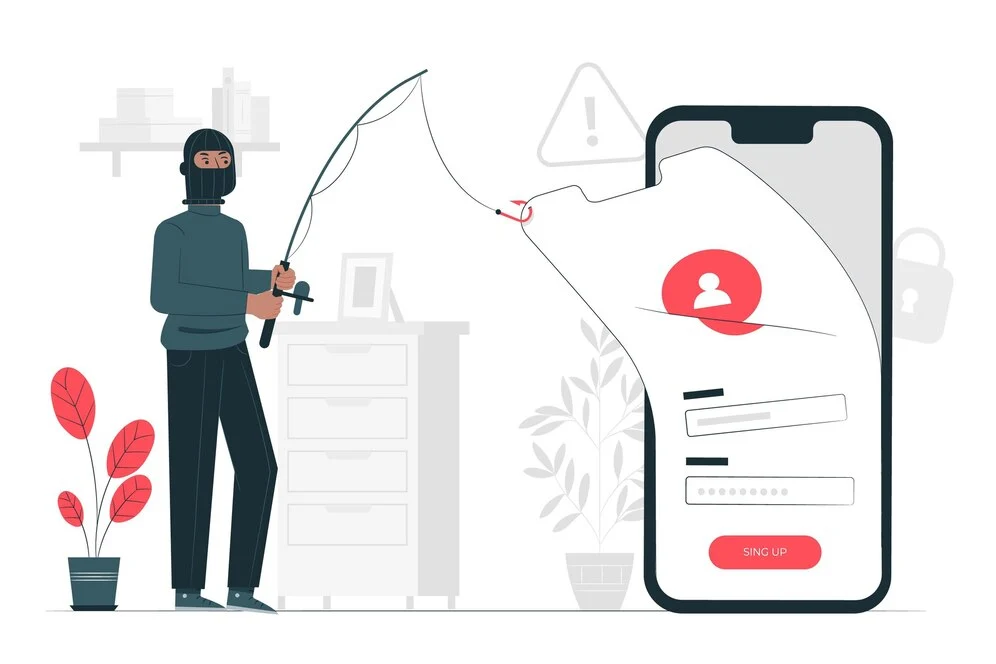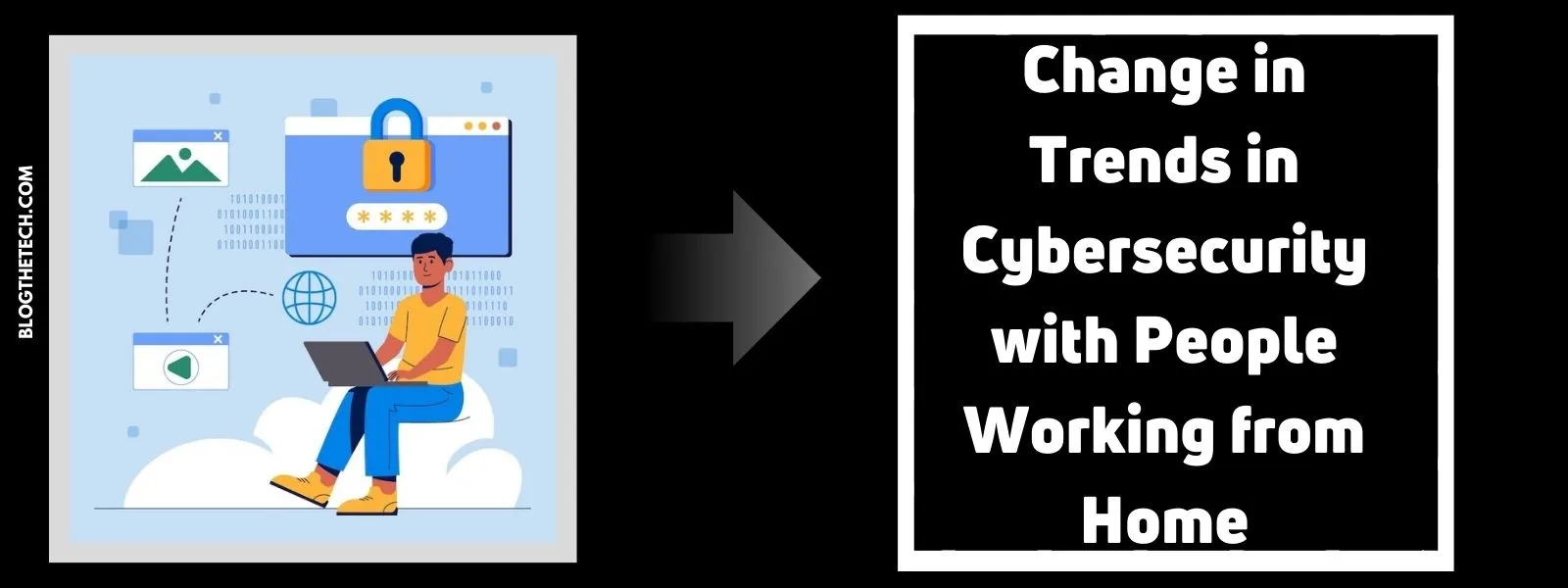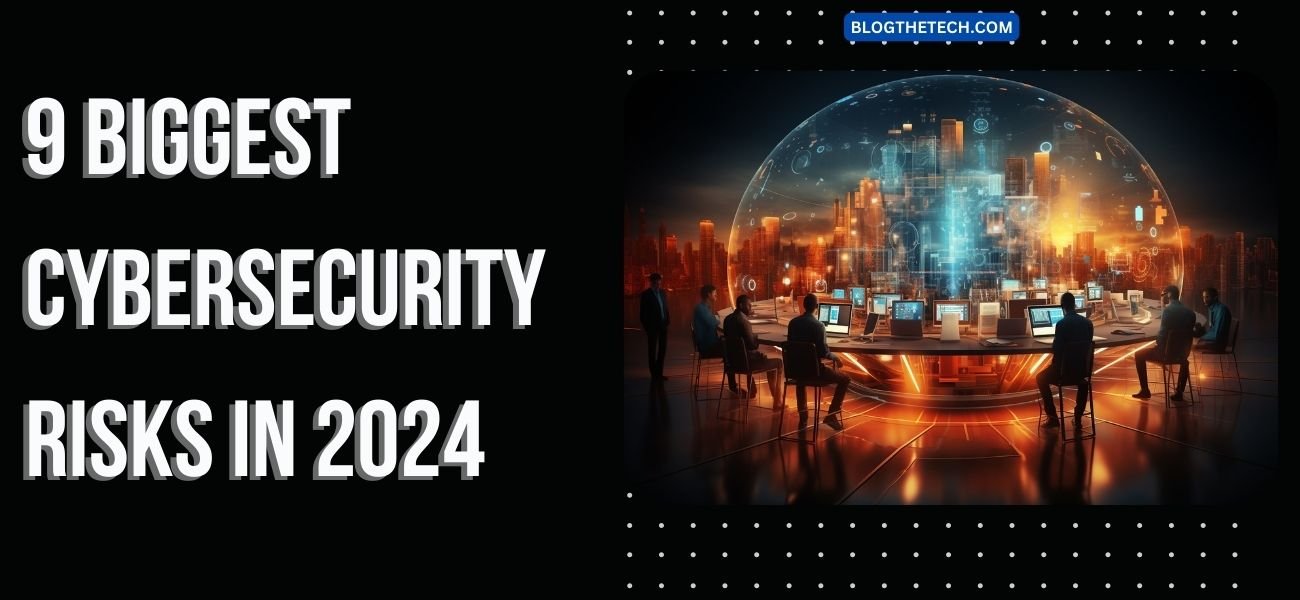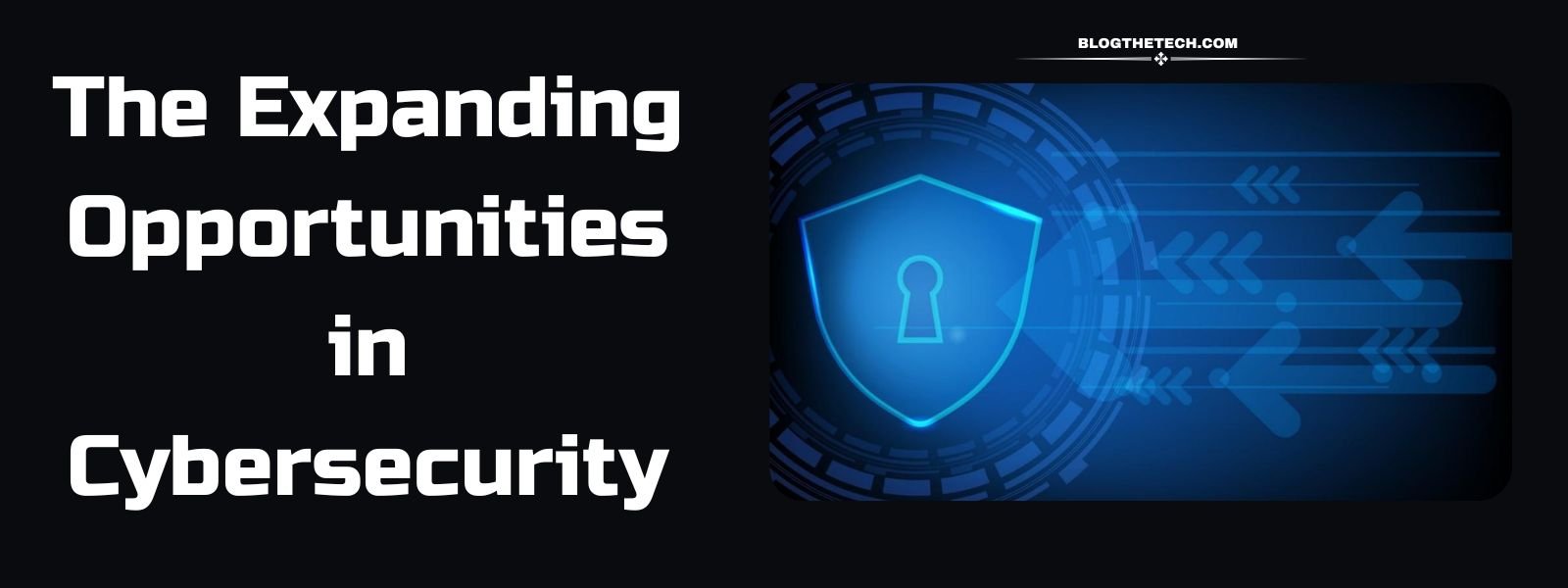The COVID-19 pandemic has completely changed how businesses work, with a big shift towards working from home. As companies try to keep their data and systems safe in a less centralised setting, this change has brought about new cybersecurity issues and patterns. Here is a detailed look at how cybersecurity trends have changed as more people work from home.
Increased Attack Surface
Expansion of Attack Vectors
The move to working from home has given cybercriminals more places to attack. The fact that employees are not on the company network anymore makes them more vulnerable to attacks. Cybercriminals can now use home networks, personal devices, and Wi-Fi connections that are not as secure. This makes it even more important to have strong cyber security.
Rise in Phishing Attacks
Because of the pandemic, there have been a lot more phishing attacks. Cybercriminals send emails that look like they come from real companies, like health organisations or employers, to get people to give up private information or download malware.
Endpoint Security
Increased Focus on Endpoint Protection
Endpoint security is very important now that employees can access company data from many places and devices. More people are using endpoint protection platforms (EPP) and endpoint detection and response (EDR) tools. To keep devices safe from cyber threats, these solutions offer advanced threat detection, response, and continuous monitoring features.
Importance of Mobile Device Management (MDM)
Mobile devices are necessary for working from home, but they can also be dangerous for your security. Organisations can enforce security policies, maybe even wipe data from lost or stolen devices remotely, and generally make sure that mobile devices are secure by using mobile device management (MDM) solutions.
Secure Remote Access
Virtual Private Networks (VPNs)
VPNs are now necessary for safe remote access and a safe connection to the company network. But the rise in remote work has caused problems with scalability and raised the need for robust VPN solutions. To handle the growing number of remote users, businesses are spending money on scalable, high-performance VPNs.
Zero Trust Security
In a remote work setting, the traditional perimeter-based security model does not work as well. More and more people are using zero trust security, which says that threats can come from inside or outside the network. This method makes sure that every person and device trying to access network resources goes through strict checks. This lowers the chance of someone getting in without permission.
Cloud Security
Accelerated Cloud Adoption
The pandemic has sped up the use of cloud services, which allow people to work together and from home. Cloud services give you more freedom and room to grow, but they also make security more difficult. It is very important to keep cloud infrastructure, applications, and data safe.
Cloud Security Posture Management (CSPM)
CSPM tools help companies manage and improve their cloud security by finding and fixing mistakes in configurations, making sure they are compliant, and giving them a clear view of their cloud environments. CSPM is now an important part of cloud security strategy as more businesses depend on cloud services.
Collaboration Tools Security
Secure Use of Collaboration Platforms
Tools for working together, like Zoom, Microsoft Teams, and Slack, are now necessary for anyone who works from home. But if they are not properly protected, these tools can be used in cyberattacks. To keep communication and data shared on these platforms safe, businesses need to use security tools like end-to-end encryption and regular software updates.
Data Privacy Concerns
When people use collaboration tools, they often share and store private data on them, which makes data privacy concerns grow. Businesses need to make sure that the tools they use are in line with privacy laws and that they use data protection measures to keep both personal and business data safe.
User Training and Awareness
Enhanced Security Awareness Training

When people work from home, they need to focus more on security training. Employees need to be told about the extra risks that come with working from home, like phishing attacks and not using personal devices safely. They should also be told how important it is to follow security rules. Regular training sessions and exercises that simulate phishing can help people remember how to be safe online.
Promoting a Security-First Culture
It is important to create a culture that puts security first. Everyone on the job should know that cybersecurity is their responsibility and be able to report any suspicious activities or possible security problems without worrying about what will happen.
Incident Response and Business Continuity
Updating Incident Response Plans
Updating incident response plans is necessary to account for the special difficulties of working from home. This includes making clear plans for how to handle security incidents that happen outside of normal office hours, making sure that incident response teams have the tools they need to do investigations from afar, and keeping lines of communication open during an incident.
Ensuring Business Continuity
Planning for business continuity is important to make sure that operations can keep going even if there is a cyberattack. Businesses should make and test business continuity plans that include backup and recovery plans for data, plans for keeping critical services running, and ways to make sure employees can get to the resources they need when they need to.
Conclusion
The rise of remote work has changed cybersecurity trends, giving businesses new problems to solve and chances to grow. Businesses can improve their cybersecurity and keep their data and systems safe by addressing the unique risks that come with remote work.
Some important strategies are to focus on endpoint security, use secure remote access solutions, adopt cloud security measures, protect collaboration tools, improve user training, make sure you are following all the rules, and keep your incident response and business continuity plans up to date.
As long as remote work is common, it will be important to stay vigilant and proactive in your cybersecurity efforts to protect your organization’s assets and keep operations running smoothly.





